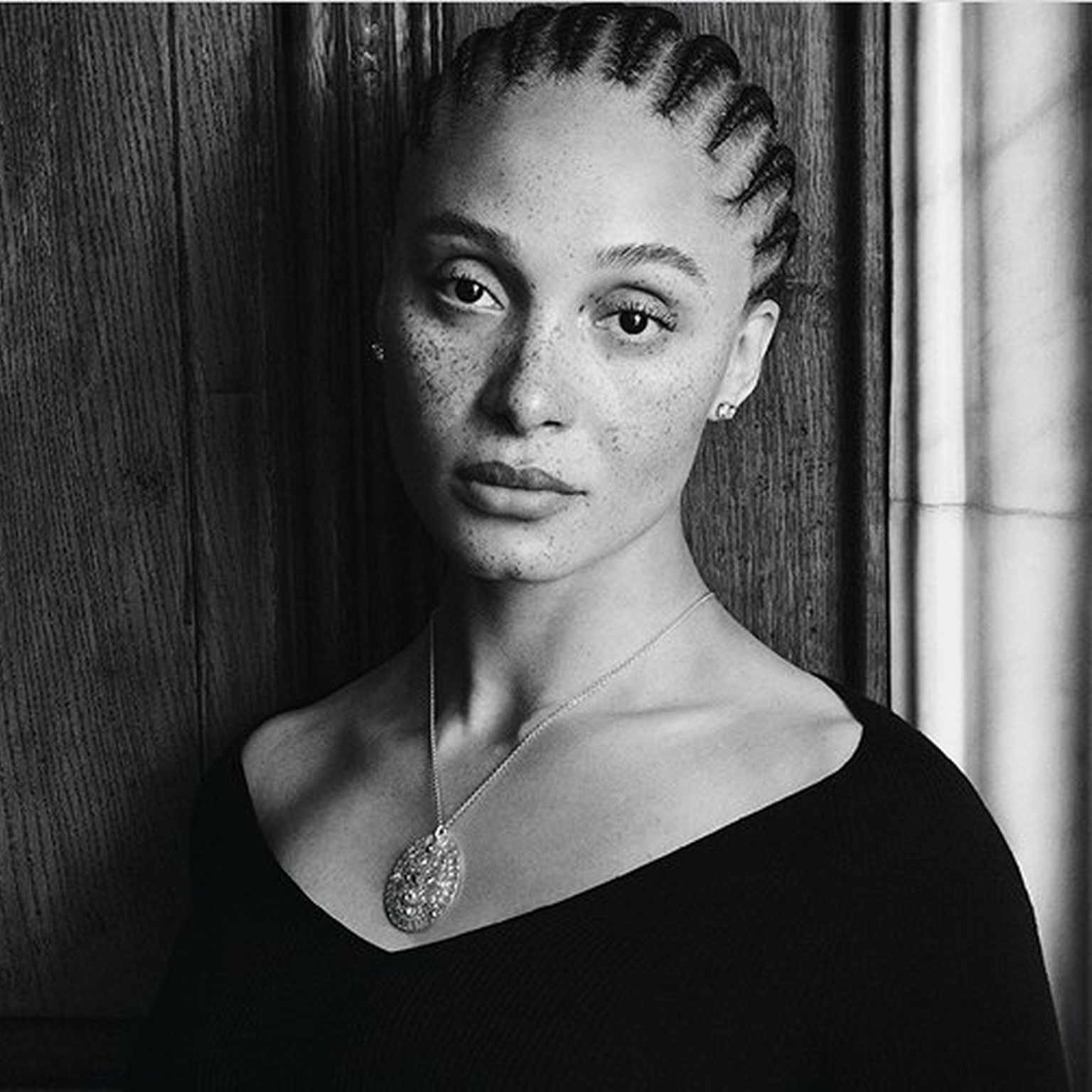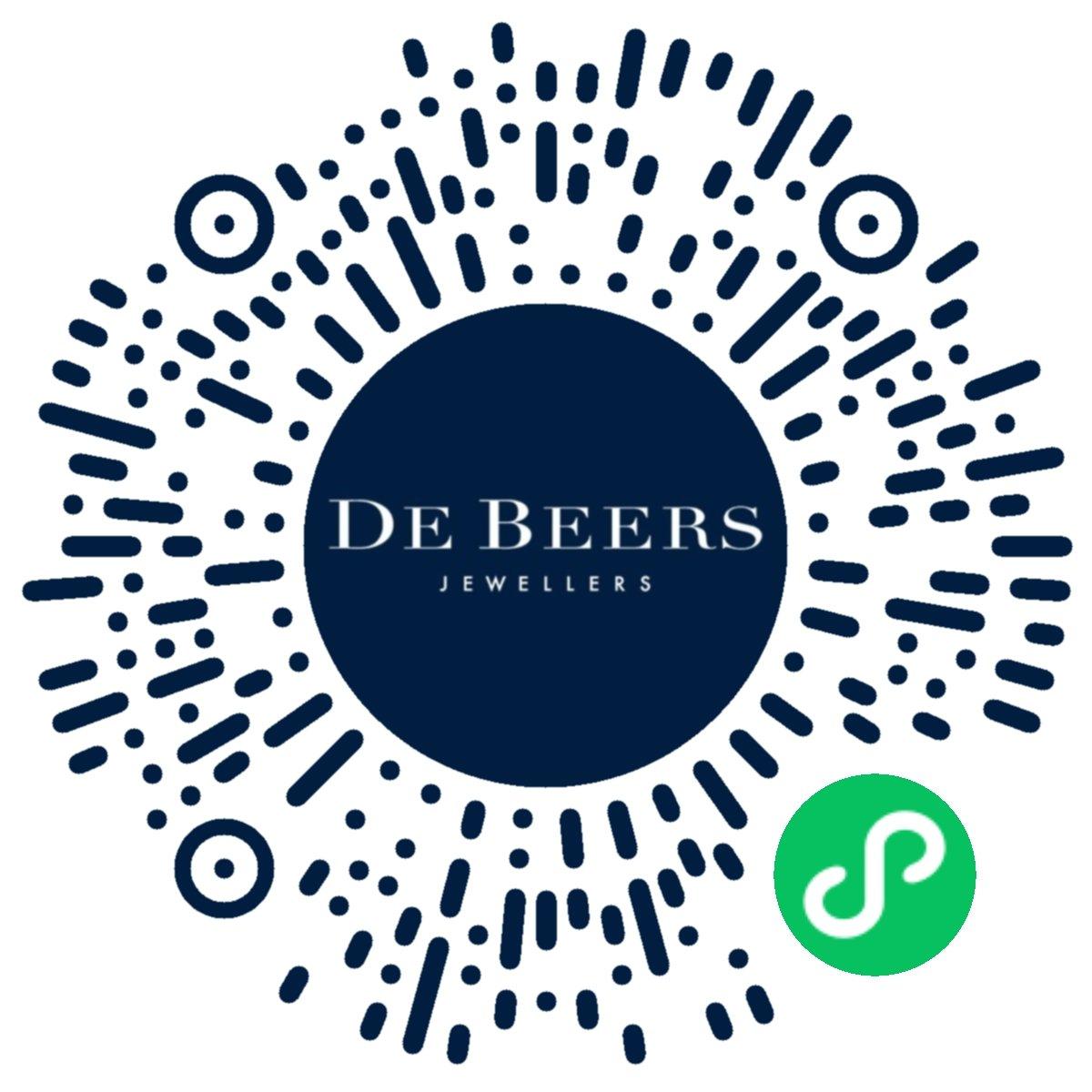| Locale: | en_GB |
| Currency: | GBP |
Please obtain a google maps api key and put it in Site Preferences!
Call Request
Client Services
Our expert Brand Ambassadors will be glad to advise on your purchase and respond to your enquiries. You can book an appointment to visit one of our stores or contact us through live chat, submitting an enquiry, email, call back or telephone. Please also feel free to visit our FAQs page.
We weren’t able to process your request at this time. Please contact our Client Service team for assistance. If possible, include the URL of the page you were on, any error ID shown, and any other relevant details. We’re sorry for the inconvenience and appreciate your patience.
Welcome To De Beers
You are visiting De Beers United Kingdom website, where you can browse our collections.

Shipment is only available to the country/region you are browsing. In order to deliver to a different location, please select your country at the top right of the page.

















